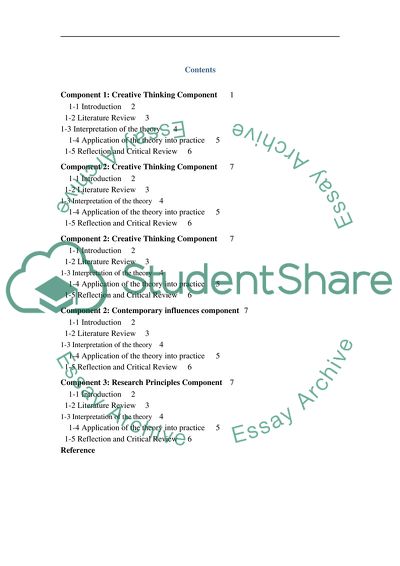Cite this document
(Creative Thinking Component, Interpretation of the Theory Report Example | Topics and Well Written Essays - 4750 words, n.d.)
Creative Thinking Component, Interpretation of the Theory Report Example | Topics and Well Written Essays - 4750 words. https://studentshare.org/design-technology/1852380-design-thinking-reflection-report
Creative Thinking Component, Interpretation of the Theory Report Example | Topics and Well Written Essays - 4750 words. https://studentshare.org/design-technology/1852380-design-thinking-reflection-report
(Creative Thinking Component, Interpretation of the Theory Report Example | Topics and Well Written Essays - 4750 Words)
Creative Thinking Component, Interpretation of the Theory Report Example | Topics and Well Written Essays - 4750 Words. https://studentshare.org/design-technology/1852380-design-thinking-reflection-report.
Creative Thinking Component, Interpretation of the Theory Report Example | Topics and Well Written Essays - 4750 Words. https://studentshare.org/design-technology/1852380-design-thinking-reflection-report.
“Creative Thinking Component, Interpretation of the Theory Report Example | Topics and Well Written Essays - 4750 Words”. https://studentshare.org/design-technology/1852380-design-thinking-reflection-report.


